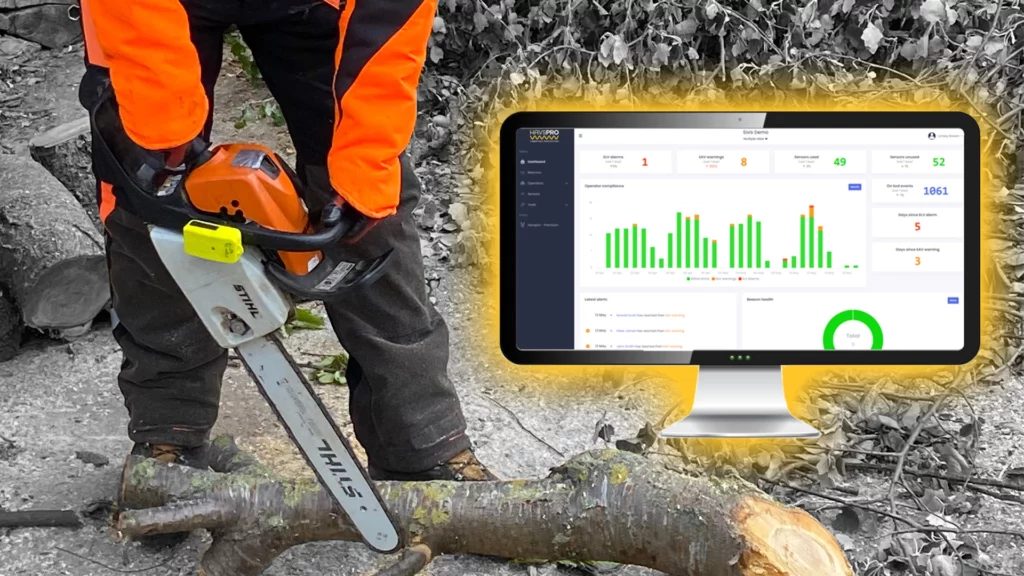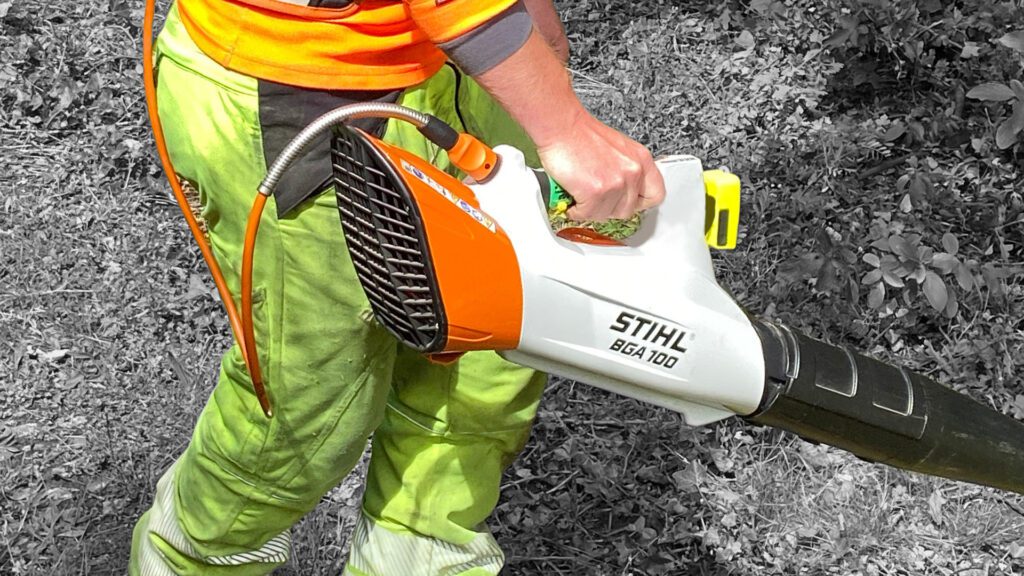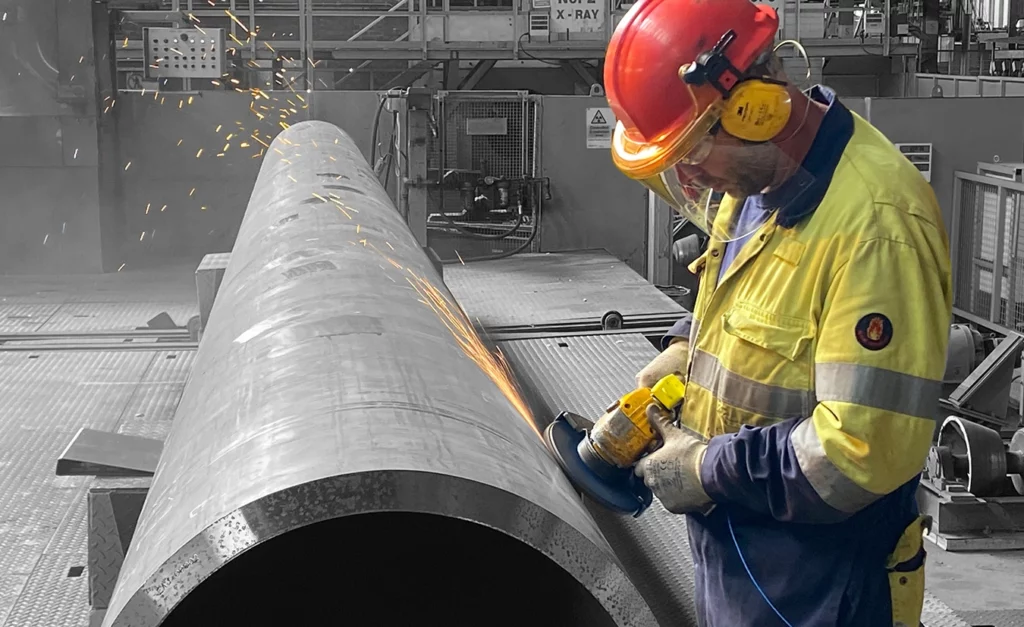HAVS Exposure Limits – EAV, ELV and what they mean.
As you know HAVS, Hand Arm Vibration Syndrome, a painful, debilitating, and serious condition that’s permanent once it develops. The symptom progression can be subtle and gradual, it is therefore imperative that the operators are aware of the condition symptoms as it can be difficult to detect until it’s too late. Making this a definite […]
HAVS Exposure Limits – EAV, ELV and what they mean. Read More »











